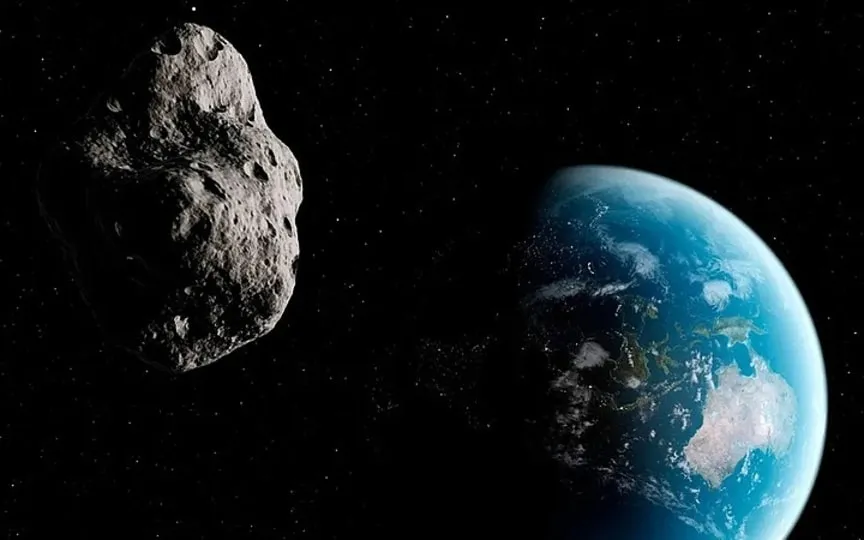NASA reports that an asteroid from the Apollo group will approach Earth at a distance of only 2.3 million kilometers; NASA provides details on its size and speed.
NASA has discovered a total of 298,148 asteroids using its advanced telescopes and satellites such as NEOWISE, Pans-STARRS1, and Catalina Sky Survey. Utilizing this cutting-edge technology, the US space agency has successfully monitored an asteroid that is projected to come very close to Earth on December 18. This particular asteroid, named 2023 XL11, is the only one expected to have a close encounter with our planet today. Learn more about the size and distance of this imminent encounter.
Asteroid 2023 XL11: Details
According to the space agency, the asteroid, named Asteroid 2023 XL11, is orbiting at a speed of 42,021 kilometers per hour, which is much faster than an Intercontinental Ballistic Missile (ICBM)! Asteroid 2023 XL11 will pass Earth at a distance of 2.3 million kilometers, according to NASA’s Defense Coordination Office (PDCO), which is responsible for observing the sky and observing various Near-Earth Objects (NEOs). It is important to note that although it has been called a near-Earth asteroid due to its close flyby distance, it is not expected to actually impact the planet.
Asteroid 2023 XL11 belongs to Apollo’s group of Near-Earth Asteroids, which are Earth-splitting space rocks with semi-major axes larger than the Earth’s axis. These asteroids are named after the huge 1862 Apollo asteroid discovered by German astronomer Karl Reinmuth in the 1930s.
Despite its extremely close approach, this asteroid has been considered non-threatening and has not been classified as a potentially hazardous object. NASA estimates the asteroid to be nearly 52 feet across, making it almost the size of a house.
Asteroid 2023 XL11: Previous approaches
NASA has also revealed that asteroid 2023 XL11 has not passed by Earth before and this will be its first close approach. After today, this Apollo group asteroid is not expected to pass by the planet in the near future, according to NASA JPL.




